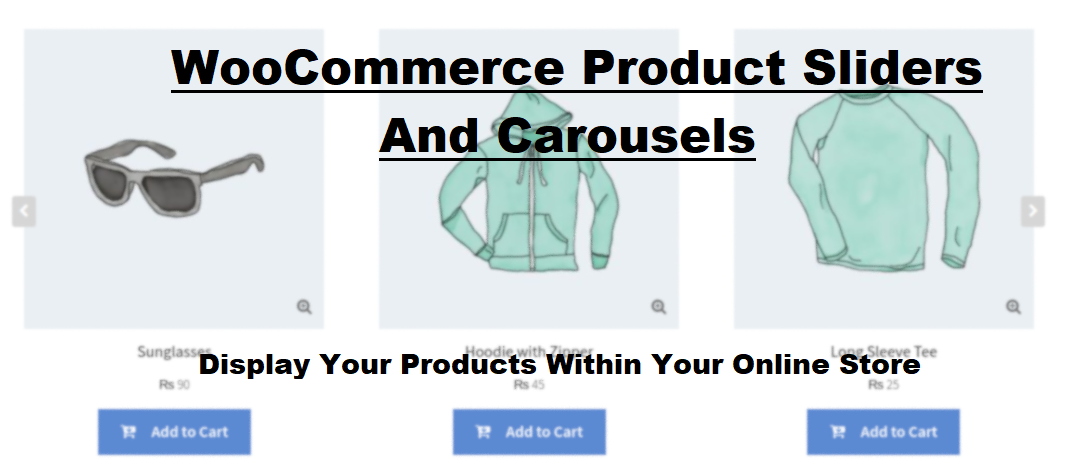How to Promote Your Eco-friendly Business In a Sustainable Way
As a company committed to reducing environmental footprint, it’s likely that you’ve pondered about the idea of minimizing your waste to a greater extent. This is a valid objective; with 100 companies being held accountable for over 70% of global greenhouse gas emissions, every small effort aimed at decreasing this number is the one worth making.
But how do you catch up with the new ‘going green’ normal without hurting your profits? And, even more importantly, how do you cut down on business practices that don’t contribute to a cleaner environment?
Introducing sustainable marketing – the eco-friendly alternative to advertising that doesn’t involve wasteful printing of brochures and renting of energy-consuming digital billboards.
When implemented correctly, it can not only help you gain loyal customers via sustainable advertising but also make beating your competitors easy.
The best part is that global consumers are already on board with companies prioritizing running environmentally-conscious businesses. In fact, close to 90% of LIM College survey participants claimed that Millennials and Gen Z-ers – the generations shaping the future of shopping – are already demanding goods and services to be sustainable.
It turns out that this sustainability trend isn’t a trend after all but rather a lifestyle that doesn’t endorse anything other than eco-friendly products and services.
So, if you’re a part of the 21st-century-sustainable-business-operations club, you might as well keep on reading to find out how you can make your online marketing as green as it can be.
#1 Reduce, reuse, recycle, rethink
Cliches are cliches for a reason, they stick around because they prove to be worthwhile. When bringing sustainability into your marketing strategy, there’s no way you’ll be able to offset your carbon footprint without incorporating them all in some way.
The most obvious actionable step would be to minimize the number of resources you use that aren’t ecological. That includes consuming less energy – or switching to solar and wind energy – and spending on suppliers that get their materials from sustainable sources.
Next up would be to swap packaging that can’t be recycled to the one that can be reprocessed or used again. Here’s where you can let your creative juices flow by coming up with sustainable design options that are aligned with the company’s values. Consider opting for creative custom candy boxes that not only showcase your unique brand but also adhere to eco-friendly principles, further promoting your commitment to sustainability.
To practice what you preach, consider rethinking the old ways of doing things. This will save you time on brainstorming about how you can reduce your waste and bring in profit, too. Make sure you have commercial indoor trash cans in your offices for when people visit.
#2 Put your efforts into digital marketing
If you want to maintain your green reputation, posting banners around the city and printing flyers isn’t going to cut it. You have to take it online and leverage content marketing, email marketing, and social media marketing to keep customers in the loop about your environmental impact.
To test it out, create a targeted marketing campaign covering the upcoming 51st anniversary of Earth Day on the 22d of April. Give it a thoughtful headline and offer a discount for purchases made on this day. To make it even more alluring, share with your customers how a percentage of their contribution will go to a charity of their choice.
By taking charge of your digital presence, you’ll simultaneously reduce your expenses and prove that your ethos is not just empty words. You’re also more likely to engage with your followers at a deeper level by personalizing your MailChimp newsletters and Instagram DMs.
#3 Keep your customers up-to-date with eco-friendly actions you take
Communicating to your customers what you do on a regular basis to make a positive impact on the environment is the best proof of your dedication to the cause. And what’s a better way to keep them updated on your progress than to hop onto social media to share your short- and long-term sustainability goals and publish quarterly reports on your conservation efforts?
But here’s a caveat – you have to make sure you’re transparent in your communications. Consumers of today are savvy enough to spot signs of greenwashing and are quick to call out brands that deceive their customers with too-good-to-be-true declarations.
Remember that word of mouth remains to be among the most influential marketing strategies out there. If you happen to post behind the scenes of your production processes that aren’t as green as advertised, it’ll damage your reputation as an eco-friendly company that stands by its values.
#4 Get your business eco-certified
Actions speak louder than words. So, back up your claims about using recyclable materials by getting the appropriate sustainability certifications. This way you’ll give your customers an assurance that they’re indeed casting their votes for a green planet when making the purchase.
The type of certification that would suit you best will depend on the industry you’re in and the policy you want to certify. That is, if you, say, want to show that your business is committed to offsetting carbon emissions, CarbonFree product certification is what you’ll need to get. The other common green business certifications include LEED, Fair Trade Certified, USDA Organic, Energy Star, SFI, and Leaping Bunny.
Keep in mind that some customers might even be seeking out companies with the above certifications and refusing to buy from those that are missing them. Make it a priority to get this social proof if you want to be among the chosen ones.
#5 Double up on sustainable CSR strategies
Speaking about social proof, it won’t hurt to take it a step further and put the company’s values into good use by applying a couple of Corporate Social Responsibility (CSR) strategies to sustain the brand’s green image.
The following are the ways you can ensure your company is doing good for the environment and the society while also staying true to its ethos:
- Choose sustainable over conventional sources whenever possible. Need to print contracts for signing? Consider using digital signatures instead. Planning on purchasing food in bulk? Go for the local supplier.
- Cater to a diverse range of customers. Don’t discount anyone on their gender, age, race, or disability when creating, marketing, and selling your products or services. Educate others on diversity marketing and strive to deliver on your promise.
- Volunteer and raise money for organizations that align with your company’s goals. Get as many staff members as possible involved and make it a tradition to help a local farm or donate to a wildlife conservation center once every 6-12 months.
#6 Partner up with green brands
There’s nothing more representative of an environmentally-conscious company than creating partnerships with green brands that share the same vision. Together you’re able to get better market exposure and make a bigger impact on the environment. It’s an ultimate win-win.
An example of that would be collaborating with a small catering company that sources its ingredients from a local farm if you’re in the event organizing industry. You’re likely to have a similar-minded customer base that will appreciate the opportunity to make a purchase from organizations that are mindful of the environment.
Bottom line
Luckily (for the competitive markets) there’s no one-size-fits-all when it comes to adjusting your green marketing strategies. It’s all trial and error; the most important part is to recognize that becoming sustainable is a never-ending pursuit. The deeper you dig and research the ways you can operate your business sustainably, the better are the chances of you finding new approaches to staying green and using them as your competitive advantage.
Carry on perfecting your eco-friendly promotional strategies and keep an eye out for the innovations occurring in the environmental realms so that you’re the first one to adopt them. Who knows, you might be the pioneer of the next-generation solutions to the current environmental issues.

Torben Lonne is an entrepreneur, dad, scuba diver, and ocean lover who is deeply concerned with how we are treating our planet. He is the co-founder of Divein.com, an online travel magazine focused on aquatic and outdoor sports that he runs with his brother Nicolai. Torben has been featured in media publications all around the world including The Washington Post, Dell Technologies, Business.com, and Greenpeace to name a few.
LinkedIn: https://www.linkedin.com/in/torben-lonne
What Is WooCommerce Product Slider and Why Your Store Needs It
Why Do Product Images Matter So Much in Online Stores? When someone visits an online store the…
0 Comments9 Minutes
How to Streamline Your Customers’ Shopping Experience?
The goal for any online store is to make shopping as smooth as possible. When visitors move…
0 Comments8 Minutes
Strengthening Brand-Customer Relationships Through Gamified Loyalty Programs
Creating lasting connections with customers has become increasingly vital as the marketplace grows…
0 Comments6 Minutes
How to Use SEO and SEA Together in Search Engine Marketing
In digital marketing, search engine marketing (SEM) plays a critical role in improving online…
0 Comments10 Minutes
Content Marketing Growth Hacks: Real Shortcuts to Drive Traffic
Are you still lagging in content marketing? Sticking to these old strategies seems…
0 Comments10 Minutes
How to Build a Strong Local Following Using Social Media Marketing
In the days of likes, shares, and stories, local businesses have a golden opportunity to create…
0 Comments9 Minutes
Why WooCommerce is the Best Choice for Your Online Store?
WooCommerce stands out as a top option for anyone looking to build an online store. This platform…
0 Comments8 Minutes
How to Use AI-Powered SEO Tools for WordPress eCommerce
SEO is a critical factor in the success of any e-commerce WordPress store. As competition…
0 Comments11 Minutes








